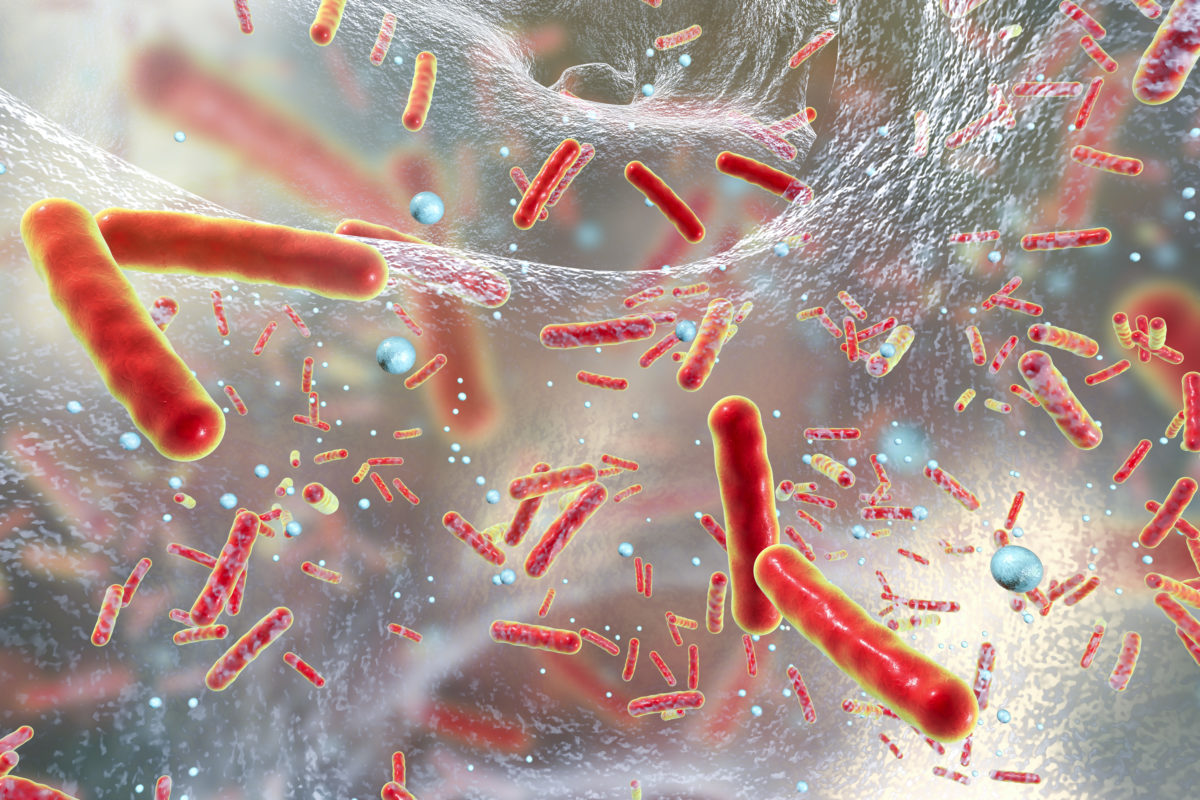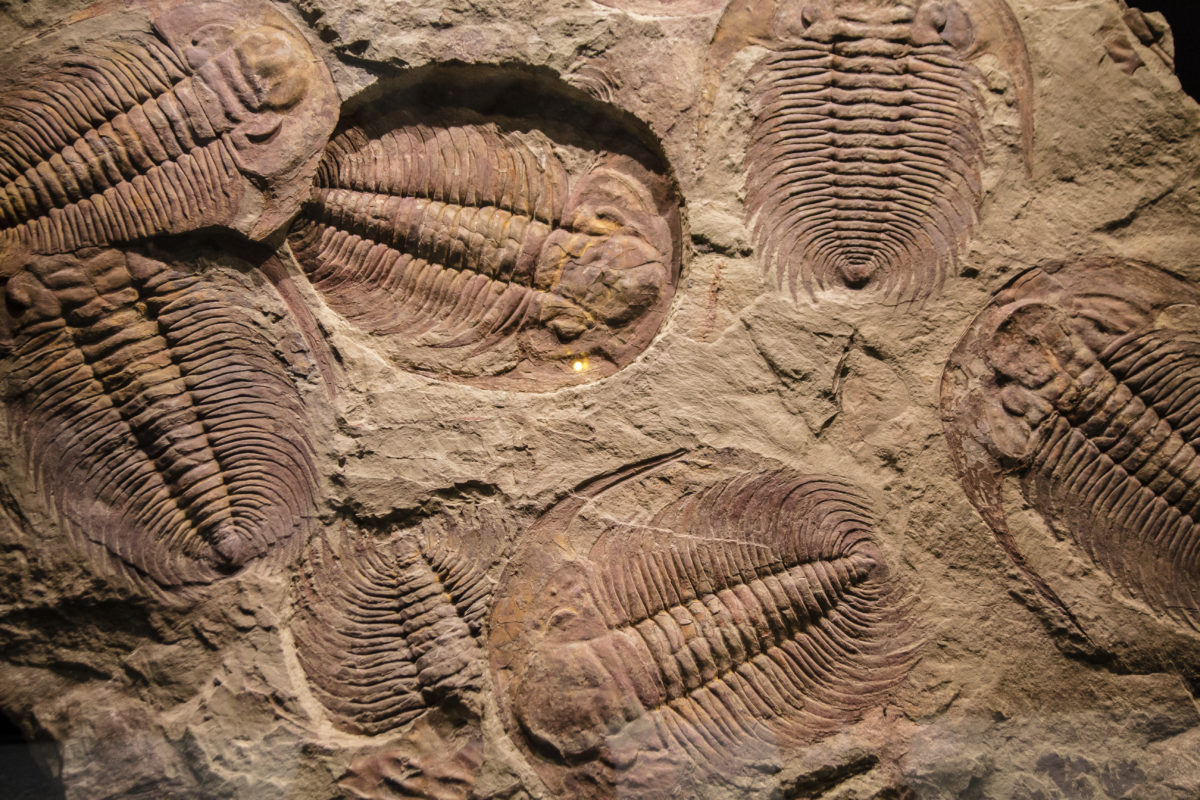Science is typically praised as open-ended and free, pursuing the evidence wherever it leads. Scientific conclusions are falsifiable, open to further inquiry, and revised as new data emerge. Science is free of dogma, intolerance, censorship, and persecution.
By these standards, Darwinists have become the dogmatists. Scientists at the Smithsonian Institute, supported by American taxpayers, are punishing one of their own simply for publishing an article about Intelligent Design.
Stephen Meyer, who holds a Ph.D. from Cambridge and is a research fellow at the Discovery Institute, wrote an article titled “The Origin of Biological Information and the Higher Taxonomic Categories.” As Mr. Meyer explained it to WORLD, his article deals with the so-called Cambrian explosion, that point in the fossil record in which dozens of distinct animal body forms suddenly spring into existence. Darwinists themselves, he showed through a survey of the literature, admit that they cannot explain this sudden diversity of form in so little time.
Mr. Meyer argued that the need for new proteins, new genetic codes, new cell structures, new organs, and new species requires specific “biological information.” And “information invariably arises from conscious rational activity.” That flies in the face of the Darwinist assumption that biological origins are random.
Mr. Meyer submitted his paper to the Proceedings of the Biological Society of Washington, a scientific journal affiliated with the Smithsonian Institute’s National Museum of Natural History. The editor, Rick Sternberg, a researcher at the museum with two Ph.D.s in biology, forwarded the article to a panel of three peer reviewers. In scientific and other academic scholarship, submitting research to the judgment of other experts in the field ensures that published articles have genuine merit. Each of the reviewers recommended that, with revisions, the article should be published. Mr. Meyer made the revisions and the article was published last August.
Whereupon major academic publications —Science, Nature, Chronicles of Higher Education — expressed outrage. The anger was focused not on the substance of the article, but on the mere fact that a peer-reviewed scientific journal would print such an article.
Read More ›


